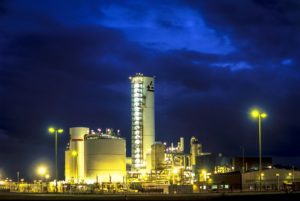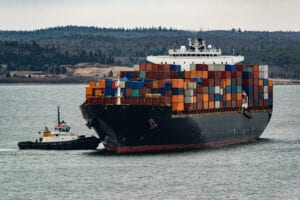In 2018, Earth Overshoot Day falls on August 1. The earliest ever.
This reminds us of the urgency of the climate crisis and pressure on natural ecosystems: despite the indisputable progress made over the last years, Overshoot Day is still moving forward. At Schneider Electric, our belief is that the situation is reversible: technologies and know-hows are readily available to push back the date of Overshoot Day towards December 31st . Economics are there as well, when you consider both short-term and long-term value, with immediate savings from resource efficiency and long-term increased value of future-proofed assets and business models.
To succeed we need to focus both on efficient newly built infrastructure and on retrofitting existing assets. Everything that is built new today has to be well designed with the future in mind, since initial design will largely determine the asset’s energy and resources use over its entire lifespan. At the same time, we should not forget about retrofitting existing infrastructure. For example, in OECD countries about 50% of buildings that will be in use in 2050 are already built. Together, Global Footprint Network and Schneider Electric researchers estimated that if 100% of existing building, industry and datacenters were equipped today with active energy management technologies that are readily available and the electric grid was upgraded with renewable capacities, the world could move the date back by at least 21 days.
We are reaching a turning point: an increasing share of businesses are thinking long-term, and have accepted they are operating in a world of finite resources. A recent poll of our customers in Europe revealed that 82% consider resource scarcity and sustainability as key elements in their decision-making processes. We invite all our partners to see Global Overshoot Day as an important milestone during the year: it is the opportunity to take a step back and assess targets against the ecological overshoot equation. It is a date at which we need to challenge ourselves and ask “is my business model One Planet compatible?”.
Moving out of ecological overshoot is core to Schneider Electric’s strategy. In addition to representing a massive business opportunity, ‘moving the date’ aligns with our vision and mission. The four key markets Schneider serves consume 70 percent of the world’s energy. Thanks to our EcoStruxure solution, we propose to our customers new type of business thinking to ensure sustained growth that balances productivity and financial profitability, on the one hand, with the planet fragile equilibrium preservation on the hand. For example, using PPAs (Power Purchase Agreements) has enabled world’s largest data center & colocation provider Equinix to boost its use of renewables to 100% for North America and 82% of its global needs, saving massive quantities of CO2 from being released into the atmosphere. This also resulted in a $23.2 million cost savings. To know more, you can read our recent white paper, Living with Finite Resources: Strategies for Sustainable Resource Utilization.
Finally, to succeed, CO2 must become a new currency. Many companies are already submitted to a carbon price, through a carbon tax or a quota scheme. Others are using an “internal price” of carbon, to factor the cost of CO2 externality into business decisions. At Schneider Electric, we fully embarked into this quantification journey, and we report externally and quarterly how much CO2 our solutions enable our customers to save (see Schneider Sustainability Impact). Our ambition is to prove that “More Schneider is a better Climate”.



